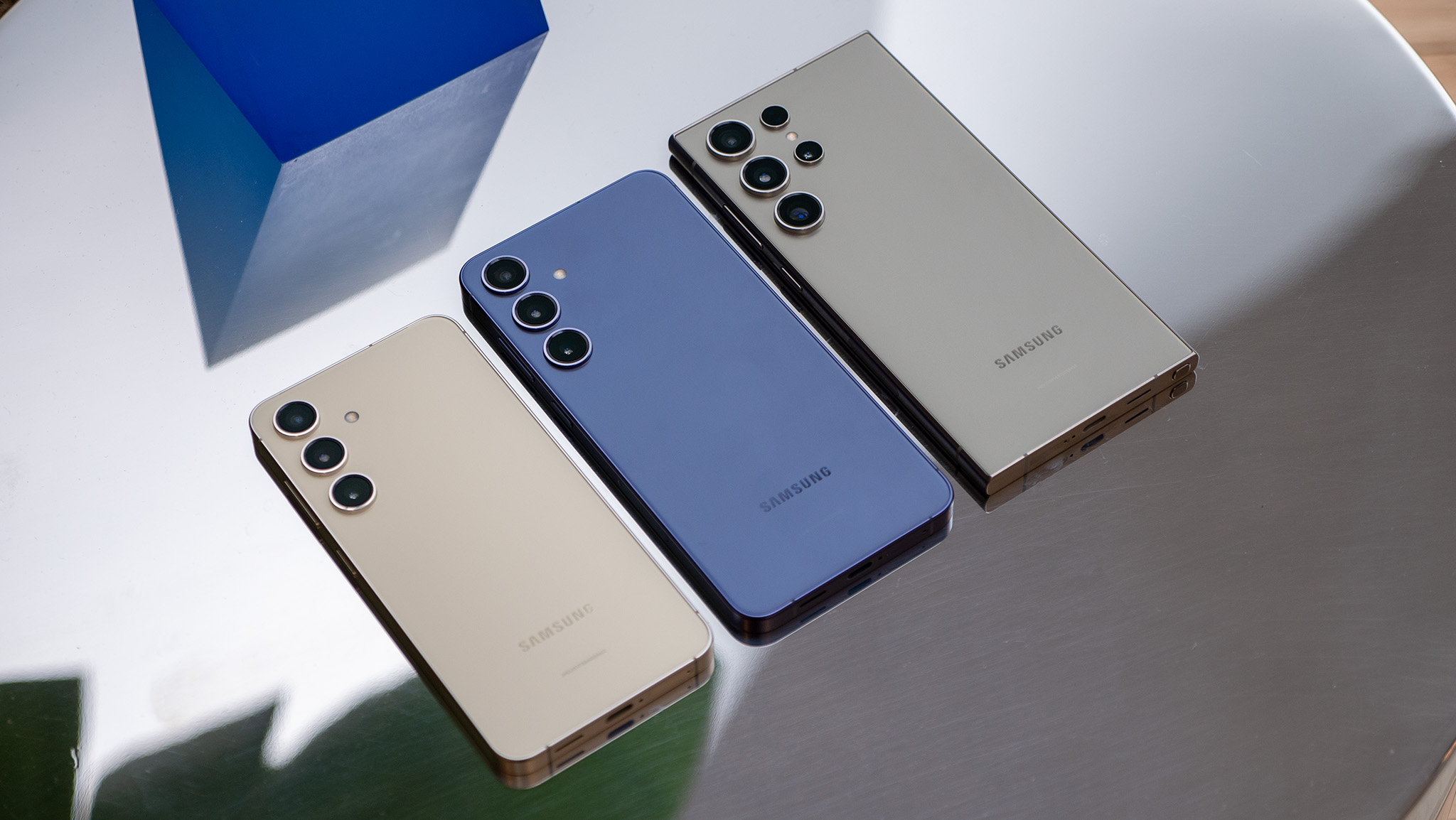2024 was a good year for audiophiles like me, but 2025 could be even better
2024 was great for audio! This is what I want in 2025
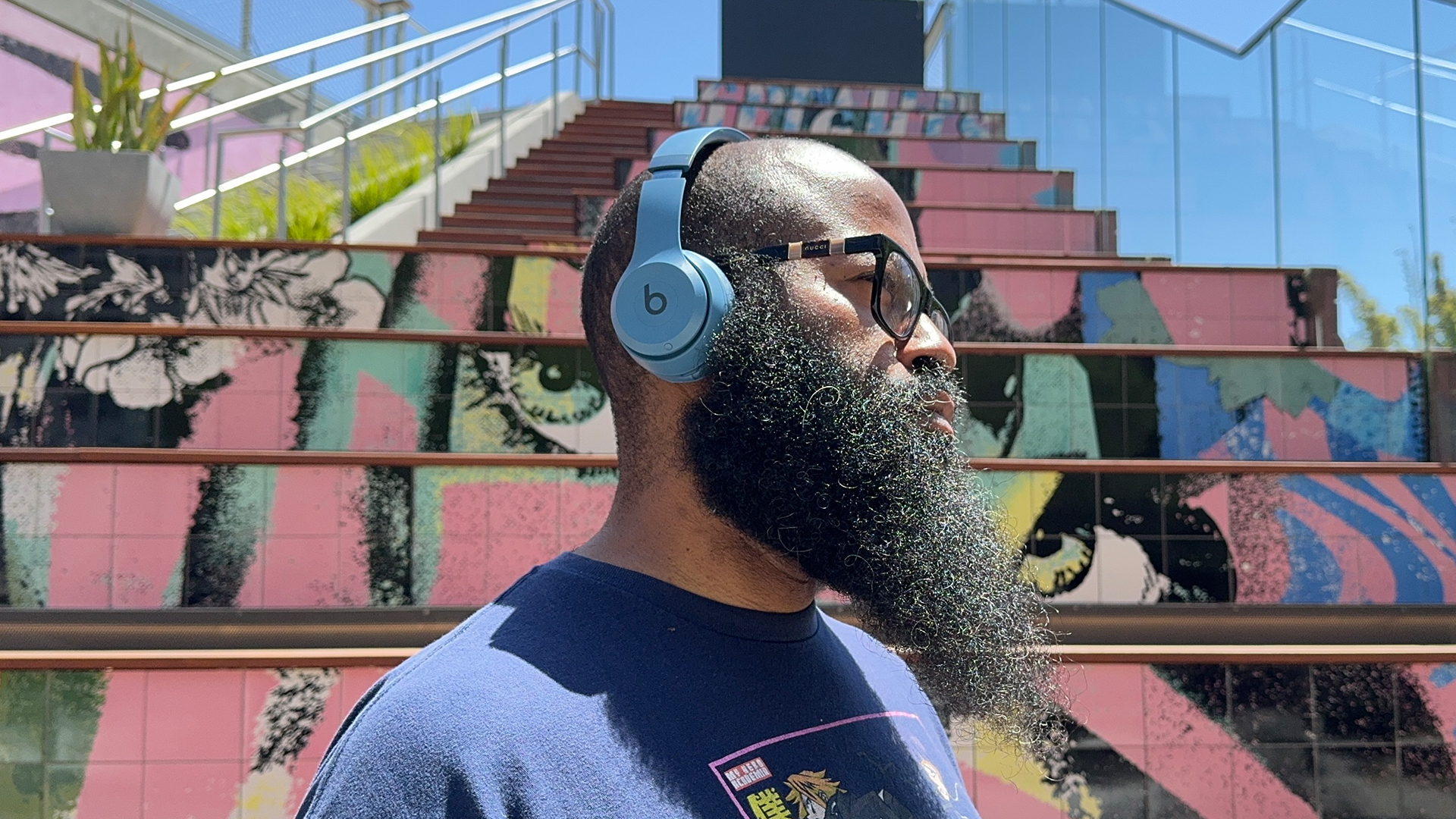
Thanks to my various streaming services’ end-of-year recaps, I now have a record of the fact that I listened to a lot of music in 2024 — a lot of active and passive listening driven by some pretty compelling products. Yes, 2024 was fun for those of us journalists covering consumer audio technology, and I hope that the work we’ve done has helped you have just as much fun — whether you’ve purchased any audio gear in 2024 based on something you’ve read here, or you’re just an enthusiast who enjoys reading about it.
In case you didn’t buy anything in 2024 and are looking to 2025 to be the year that you up your audio game, I’m going to explore where we’ve been in 2024 and how that has shaped what I want to see and, hopefully, what you’ll be able to buy in 2025. Let’s get into it!
Manufacturers! Do this in 2025…
I’m a simple man. I can be easily entertained, so maybe this seems like it isn’t the grand, showy feature you were expecting but my favorite feature in 2024 that should be in every pair of earbuds in 2025 and beyond is offline voice control.
Samsung’s Galaxy Buds 3 Pro have the ability to control some basic but frequently used features of the earbuds with your voice without having to use a wake word. It’s just very natural and worked flawlessly for me when I reviewed the Galaxy Buds 3 Pro. It’s basic, but for those of us out on a hike, working out in the gym, or cooking, this feature is priceless.
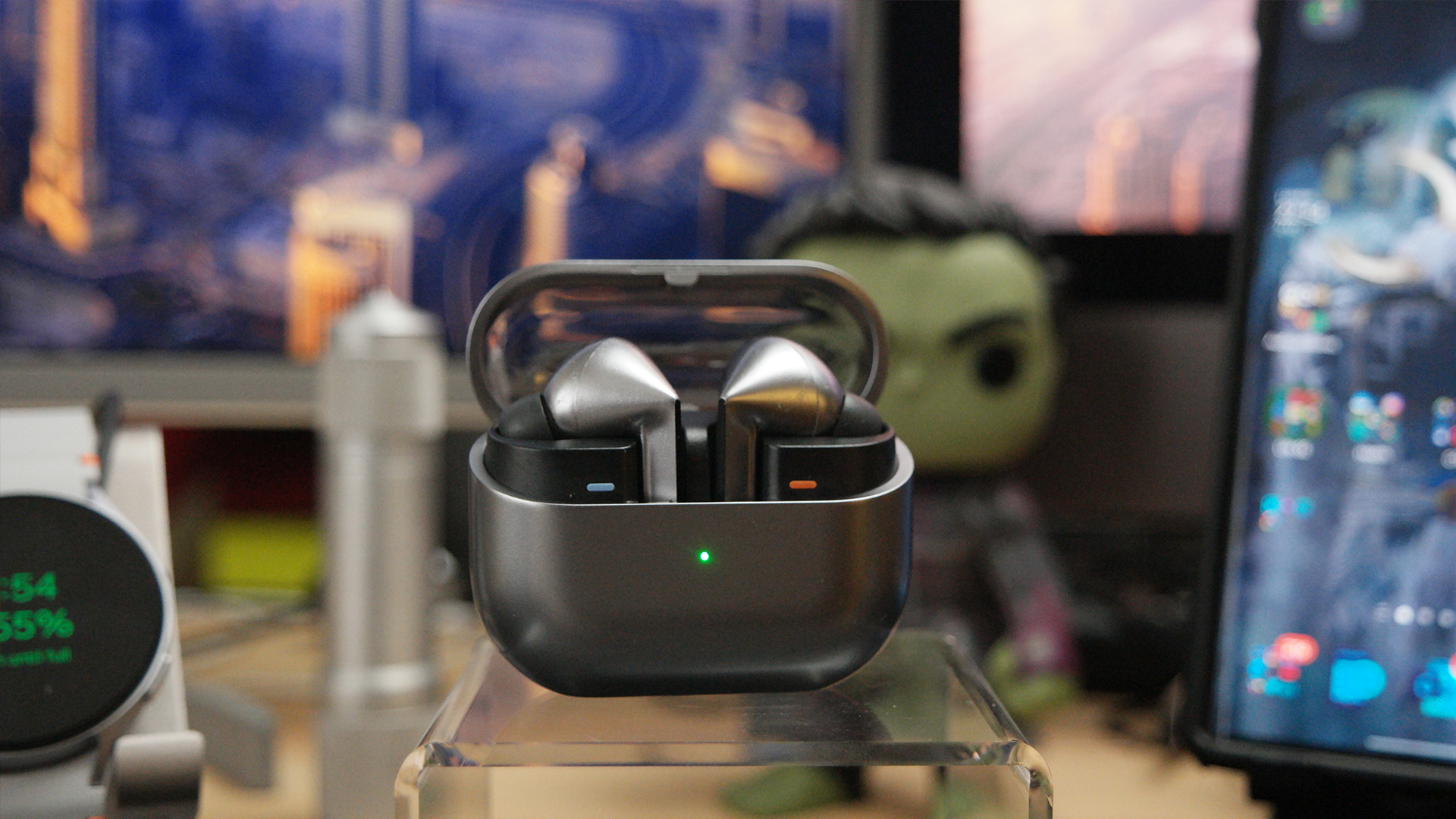
As a Star Trek nerd, the next feature I want to see in every premium pair of earbuds in 2025 comes from Samsung again, and that’s the Galaxy AI-driven live translation through the earbuds during phone calls. This feature allows you to speak to someone in English, for example, Galaxy AI will process that in the cloud, and then an AI voice will speak your words to them in their native language. This works bi-directionally.
There are purpose-built earbuds already on the market that specifically do live translations, similar to the Galaxy Buds 3 Pro, and of course, you can already use Google Translate through other earbuds, including the Pixel Buds Pro 2, which isn't as seamless an experience. Still, the technology is there for Samsung's version of live translation of phone calls to be ubiquitous across pairs of major manufacturer buds at a certain price point.
Engage!
Be an expert in 5 minutes
Get the latest news from Android Central, your trusted companion in the world of Android
Sky’s the limit!
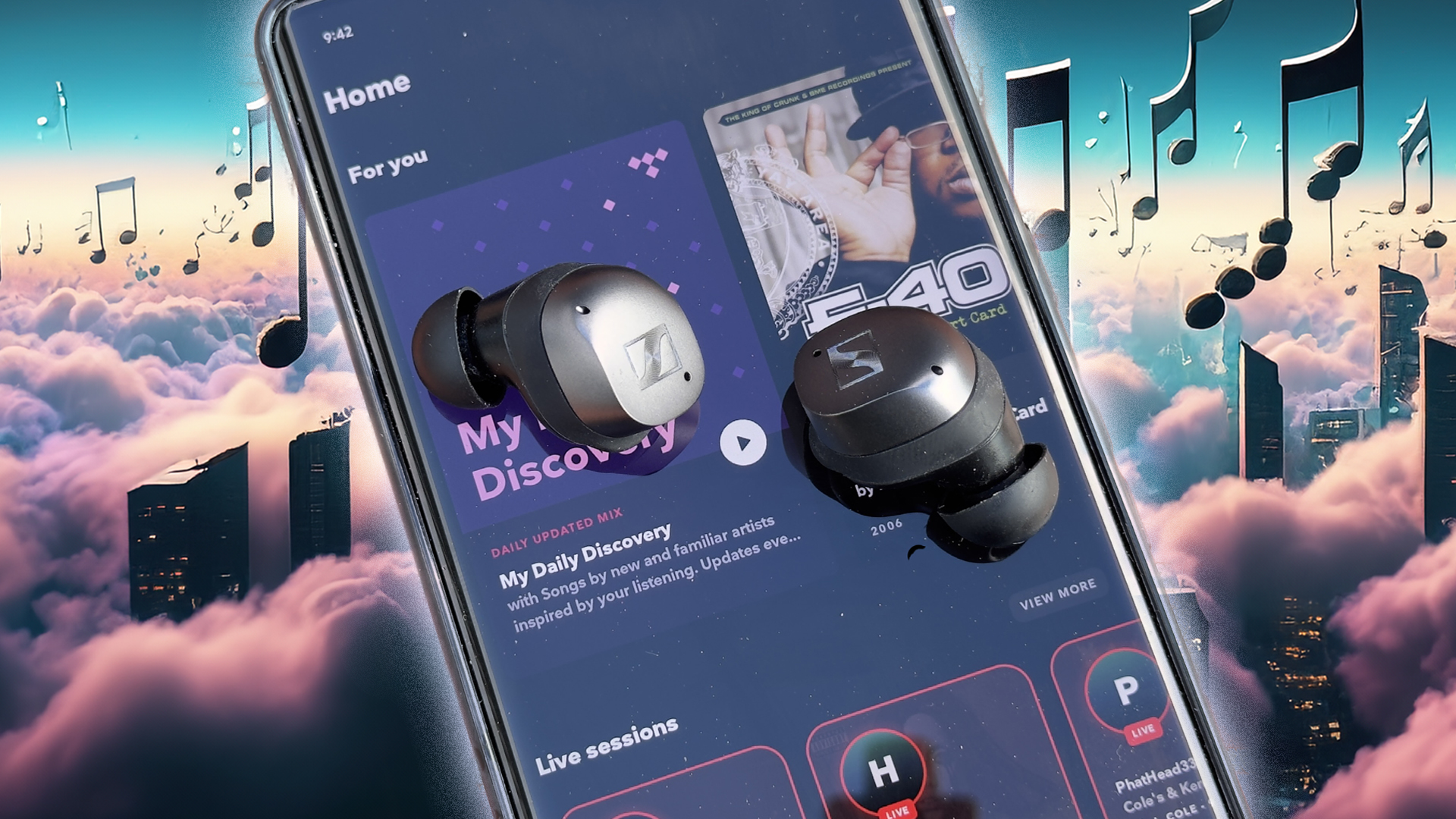
With those two very practical favorites of mine out of the way, let’s talk open skies, big ideas, and technology that could make things better for those who need assistive technology.
Different manufacturers have their own flavor of audio sharing, and none of them work cross-platform. If you’re an Apple fan and want to watch a movie with a friend on a train, for example, you’ll need Apple or Beats earbuds, and they both need to support the Share Audio feature. Not all do—the same thing with Android. You’ll need compatible phones or earbuds for a feature like Samsung’s Dual Audio.
In 2020, Auracast was announced as a feature of the newer Bluetooth LE Audio standard, but it hasn’t yet seen wide adoption. We’ve written an FAQ about Bluetooth LE and even went hands-on with Auracast at IFA 2024.
The nuts and bolts of it are that it is a technology that works similarly to traditional radio towers, but instead of broadcasting a signal to your car stereo’s FM radio, a single smartphone can send out a stream that multiple people’s Bluetooth earbuds or headphones can all listen in on.
Most importantly, this technology has a lot of interest in the hearing-impaired community as it could be baked right into hearing aids, overcoming some of those devices' limitations in receiving public address audio. And it wouldn't just be smartphones broadcasting, but TVs in gyms, airport gates, the refs and commentators at live football games, and more.

In 2025, we may see much broader support for Auracast now that Google has baked it into the Connected Devices menu in the Android 16 Developer Preview. Of all the audio technology I’m waiting on, this one is positioned to be the most profoundly impactful.
Everyone, from the hearing impaired to sports fans to those using public transportation, will benefit significantly from ubiquitous Auracast broadcast support in our smartphones and sound devices. And with excellent earbuds like the Sennheiser Momentum True Wireless 4 and the newer Google Pixel Buds Pro 2 supporting Auracast, this needs to happen post-haste.
Better audio for all
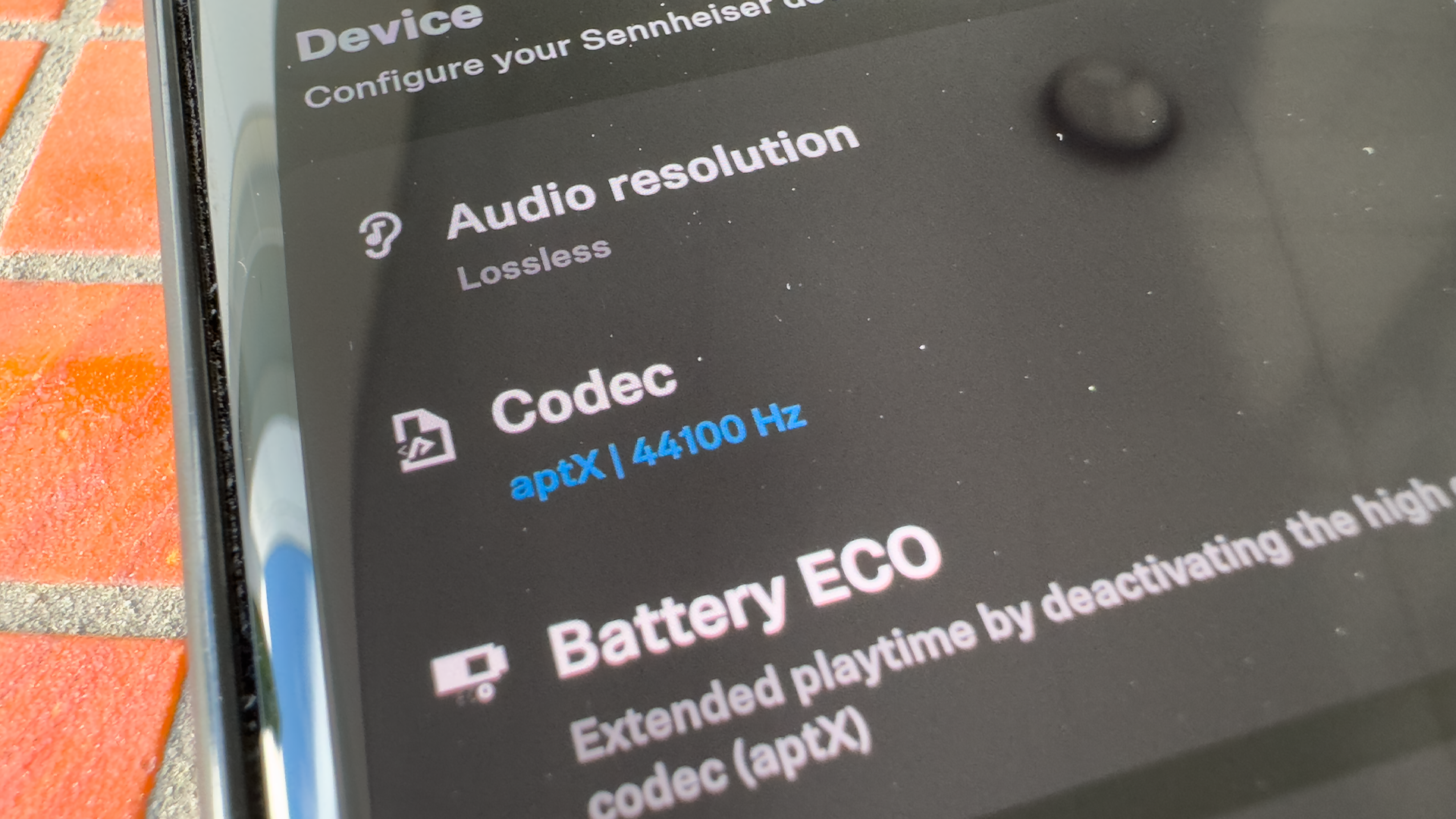
While we're on the subject of Bluetooth codecs and technology, let's also address Hi-Res Audio.
High resolution is so much more immersive than the streaming files you’ll get from something like Spotify’s standard streams, so I’ve been watching eagerly as more wallet-friendly earbud and headphone options have emerged that support LDAC, LHDC, and aptX Lossless.
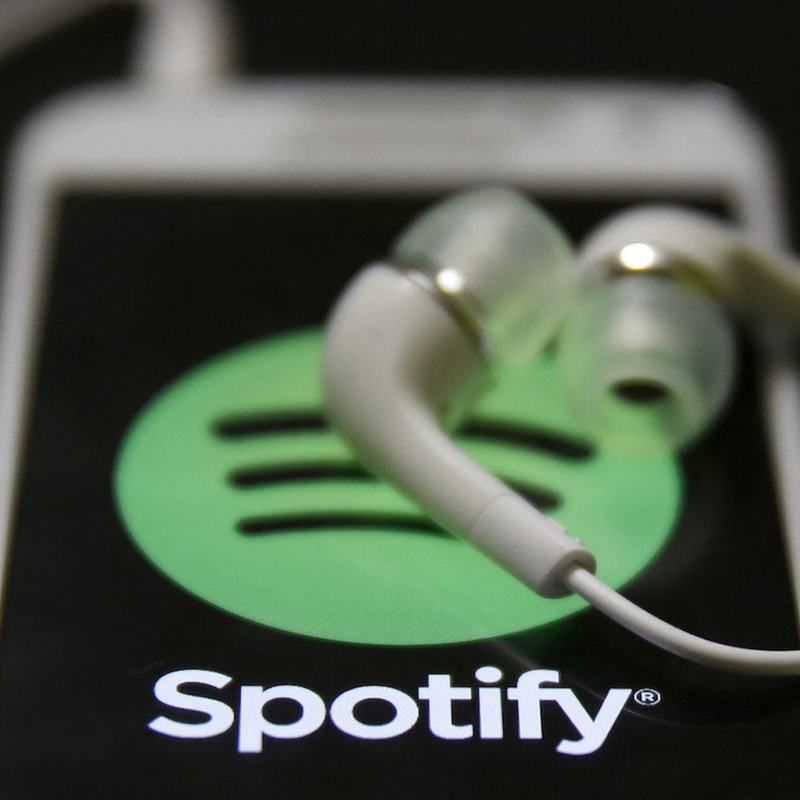
As much as I love Tidal’s Max FLAC files and Apple’s ALAC files, the thing that will take public love of these highly engaging Bluetooth codecs to the next level is Spotify following through on what it’s been telling us for years at this point and delivering their Hi-Fi streaming option.
I wouldn’t wait for it at this point, but if I’m being completely honest, like Shakira’s hips, the numbers don’t lie. Spotify has over 30% of the global market share, with its closest competitor being Tencent Music out of China, with only 14%, according to Statista. According to the site, Spotify has 252 million premium subscribers as of the third quarter of 2024, with 640 million total active monthly users globally.
The best part about making this happen in 2025 is that great earbuds like the Nothing Ear, EarFun Air Pro 4, and Liberty Pro 4 offer great hardware and sonic experiences with hi-res wireless Bluetooth codec support at prices non-audiophiles can afford.
Real and virtual improvements
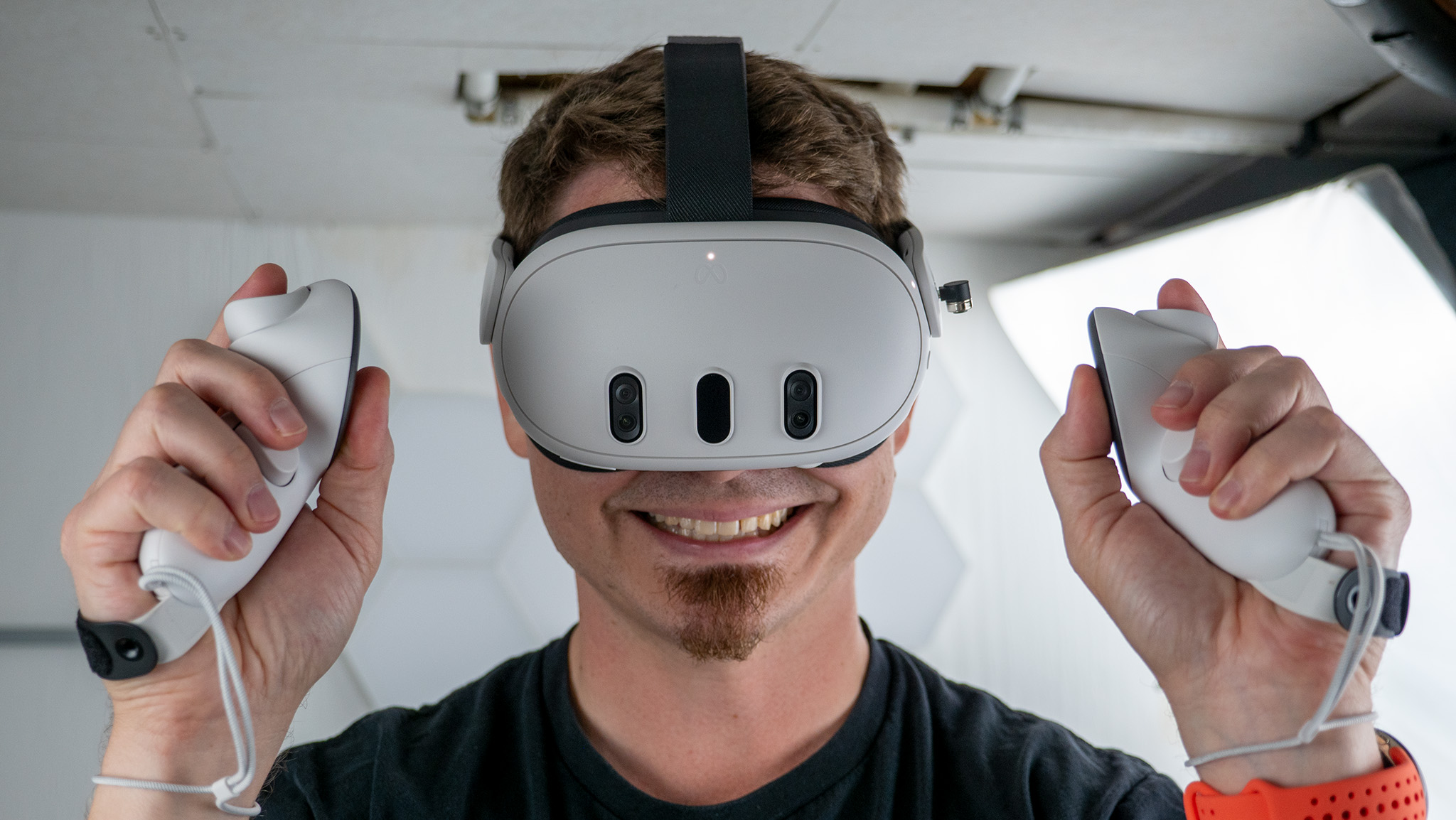
Frankly, 2024 was phenomenal for us fitness enthusiasts who love the outdoors and want to push our limits to the beat of our favorite tunes. Open-ear audio took a huge leap forward with notable launches in Nothing’s Ear Open and Bose’s Ultra Open Earbuds.
The advance is bigger than that, though, with XR in the mix. Bluetooth earbuds are no good with XR platforms due to latency, so you need a dongle or USB-C headphones/earbuds to get synced audio. Some platforms like the Meta Quest 3 have open-ear speakers built into the frames, as do some newer AI glasses platforms like Ray-Ban Meta smart glasses, and they’re pretty good.
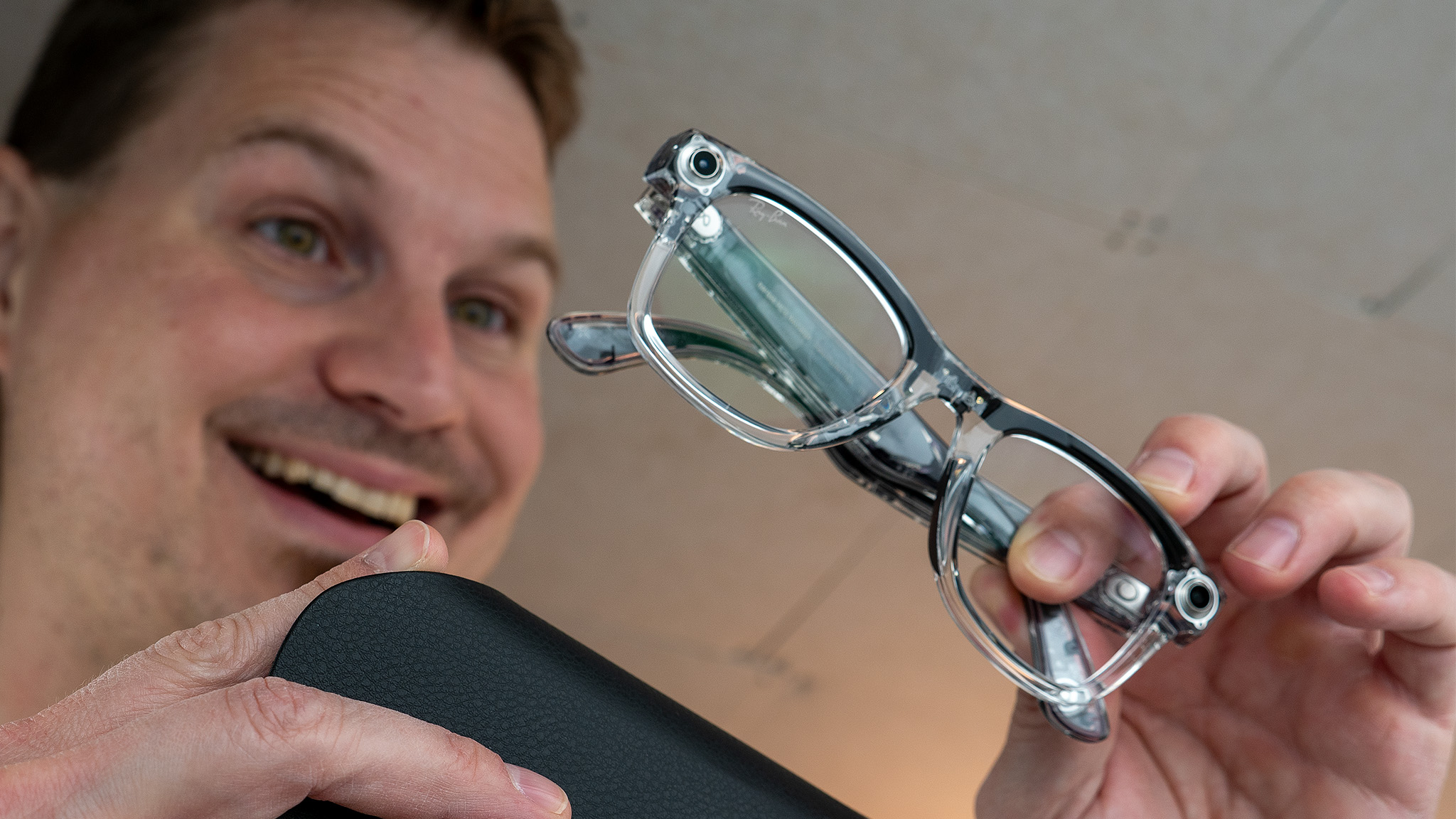
Nothing proved you can create open-ear earbuds with great bass response, and Ray-Ban did a solid job building immersive sound into the frames of the Meta smart glasses, so in 2025, I think we’ll see a greater proliferation of open-ear audio in XR applications, smart glasses, and as standalone wearables, but we won’t be saying, “these sound great… for open-ear.”
The “Generative Generation”
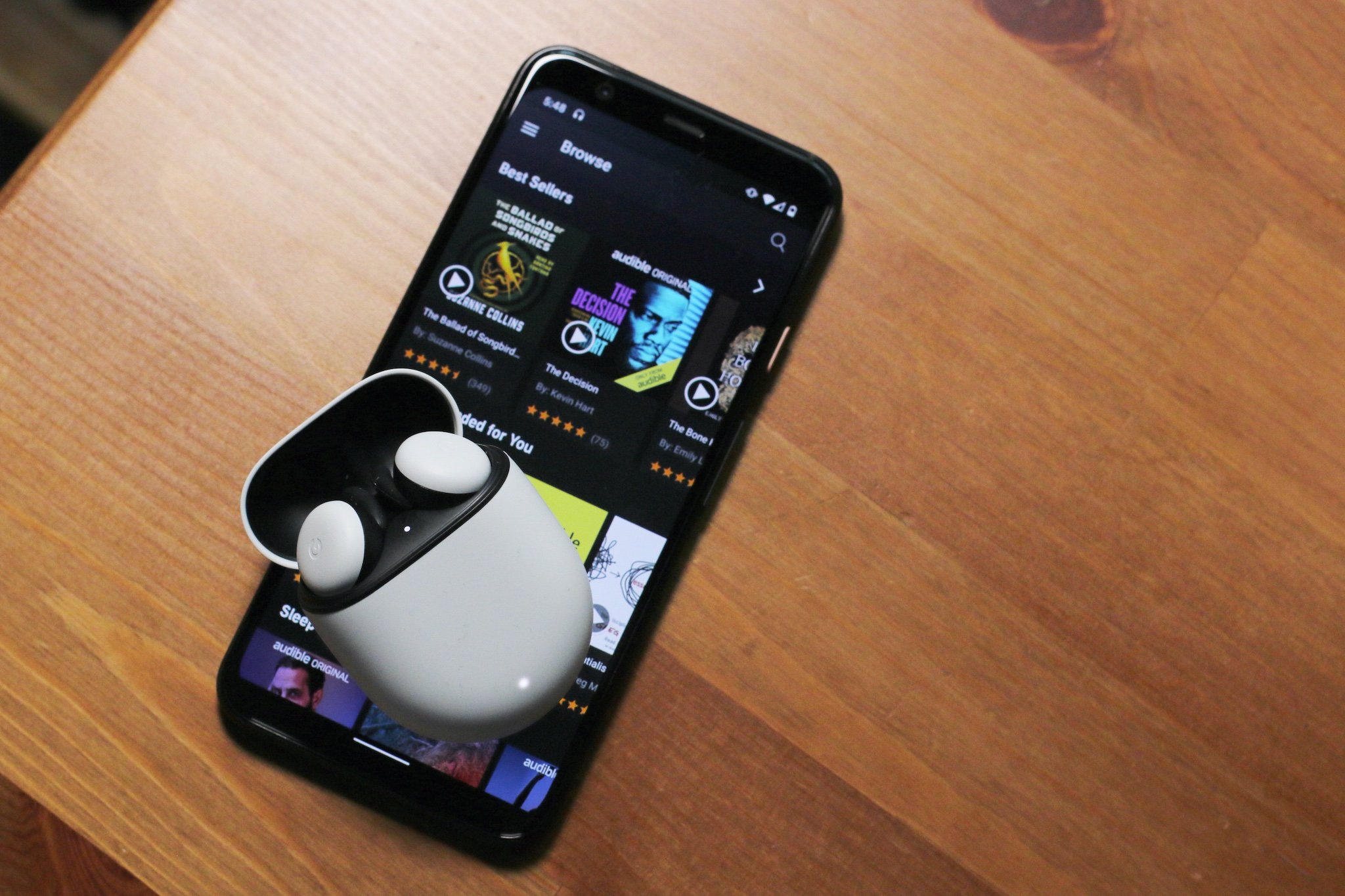
Unfortunately, with generative AI growing exponentially, we’ll see it a lot more in 2025. It’ll provide voiceover reads on websites if you want an article read to you (it’s already doing this), and it will be used by those in the audiobook industry to provide narration. But will it give me the emotion and uniqueness I get from human voice actors from various walks of life and backgrounds?
Is this the record vs CD debate all over again? The analog human voice with its warmth and texture vs the digitally generated voice? Time will tell, and I’ll be hesitant to embrace it, but I don’t think most people care too much and may not even notice the difference.
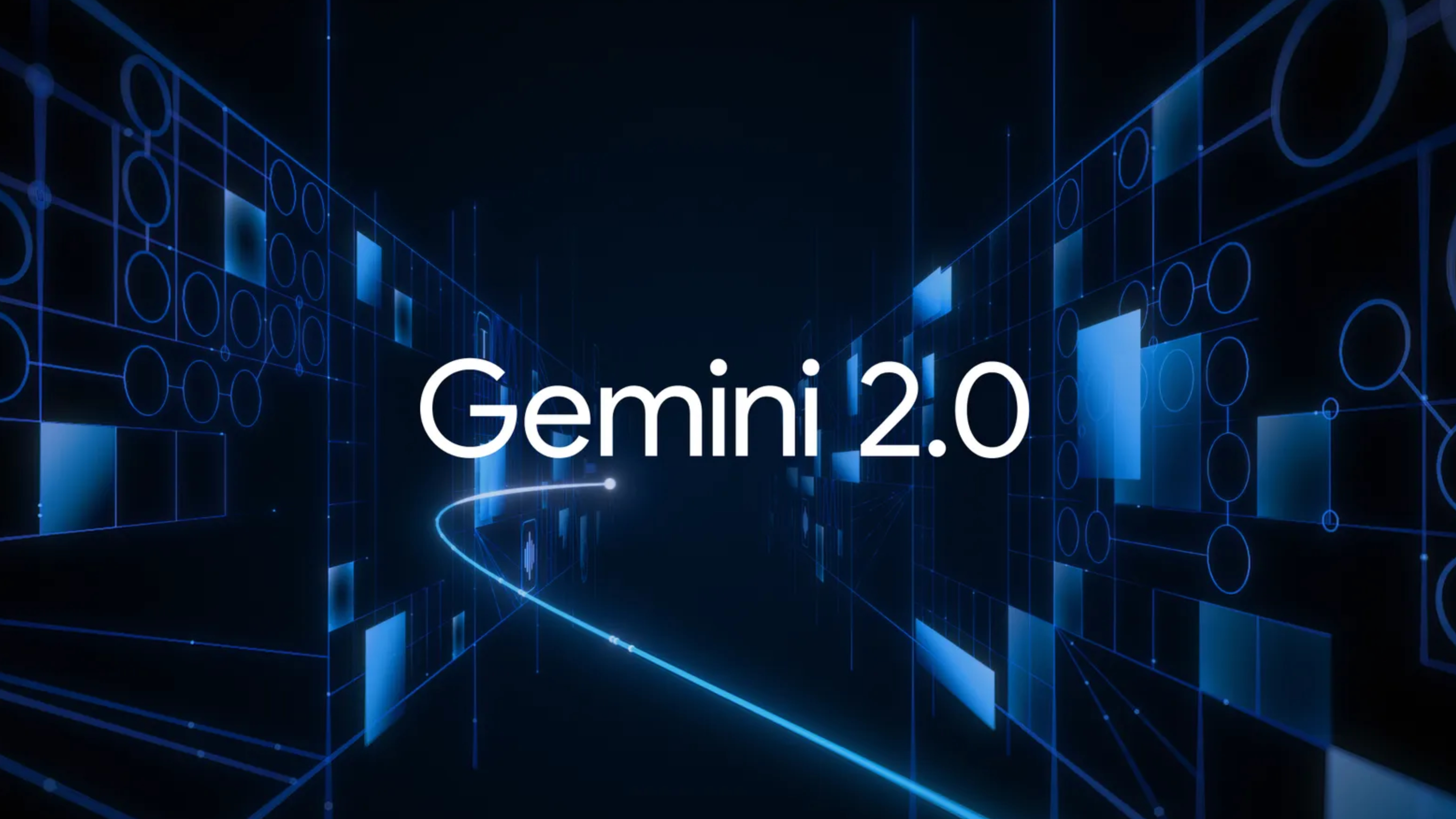
Speaking of “generative AI,” we’ll see further integrations of the new wave of AI agents powered by ChatGPT and Google’s Gemini and Gemini Nano on mobile. Having reviewed Nothing and Google earbuds, which support both natively, in 2025, they’ll need to be more functional.
Right now, you can ask them questions, and you can have a really cool back-and-forth with Gemini Live, but it’s missing much of the functionality that Google Assistant has on mobile. I can have a running conversation with Gemini Live, asking it to point me to the best chili fries when I’m visiting Houston, TX, but when I’ve decided upon one of its recommendations, it won’t automatically launch Google Maps and take me to that establishment.
Bye bye Android Auto! Hello subscriptions

Consumers: We hate bundled services like Cable TV and their expensive packages! We want everything a la carte.
Corporations: No problem! We’ll get you one way or another. Oh! We’ll turn everything into a subscription, including oxygen. Wanna breathe? Pay up!
Ok, that was a bit of hyperbole, but not that far off. Android Automotive OS is one of the main things I’m not looking forward to in 2025. Tesla and Rivian have already eschewed Android Auto and CarPlay connectivity, but the 2024 Chevy Blazer EV was GM's foray into telling the public they’re going another route as well, and they’d better get ready to pay up after the initial car purchase. That may mean that in addition to paying for your Tidal, Apple Music, or YouTube Music subs, you’ll have to pay for a GM Android Automotive OS subscription to access your other subscriptions in the car.
The Blazer was just the beginning because that change is coming to all of GM's EVs.
GM integrated Android Automotive into the Blazer EV for “more advanced features,” but what it really wants is what it projects to be around $25 billion of additional revenue annually by 2030, and other car makers are taking notice, according to autoevolution.com.
What do you think about that? Would you pay to subscribe to an automotive OS so that you can have access to other things you already subscribe to built into your car without the need for a phone?
Keep your ears open for 2025
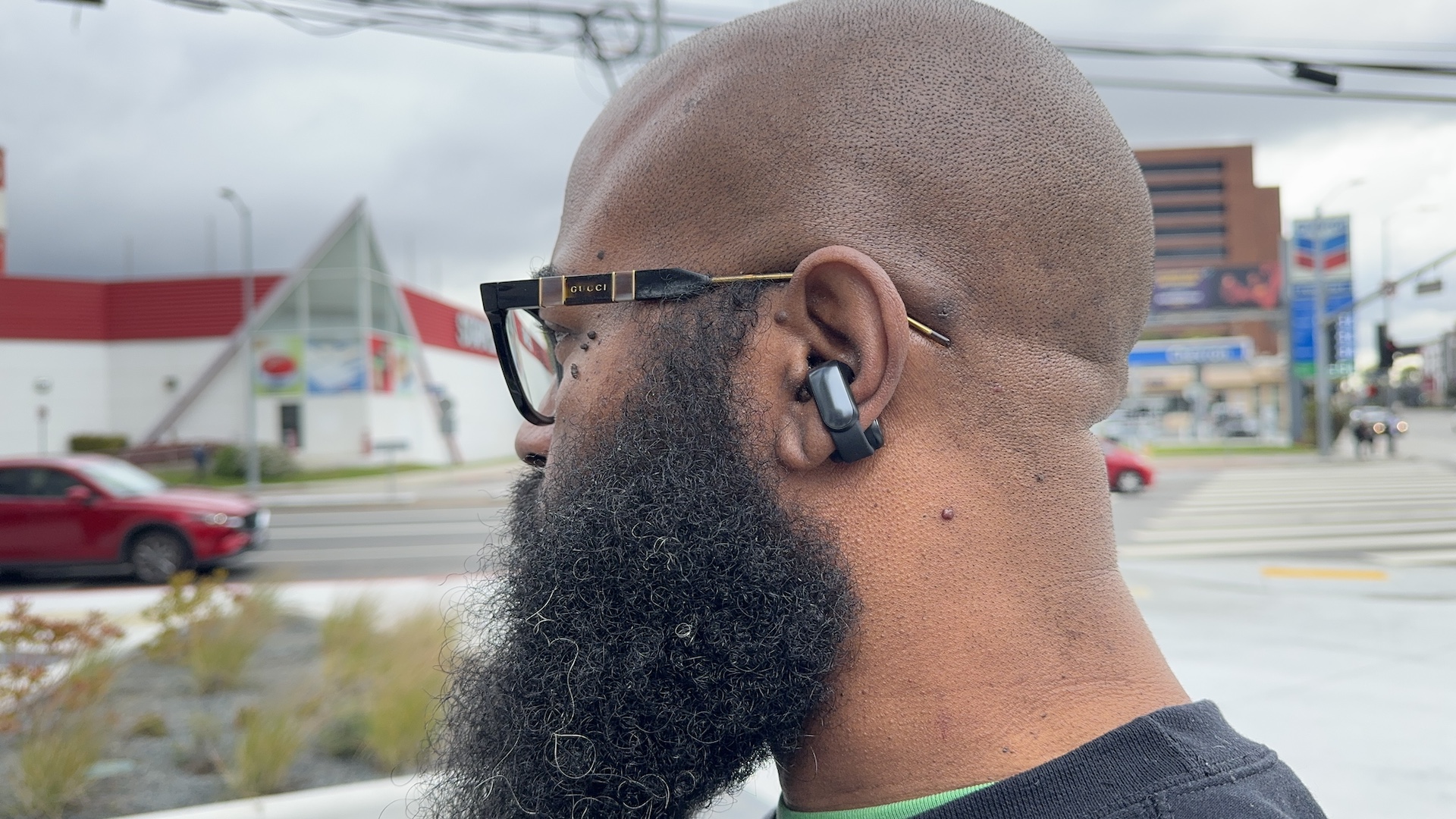
There were a lot of advancements and great audio tech that hit the market in 2024, and there’s a lot to look forward to in 2025, so stick with Android Central for all of the coverage of the best technologies that will make your music, movies, and media enjoyment that much better in the year ahead!
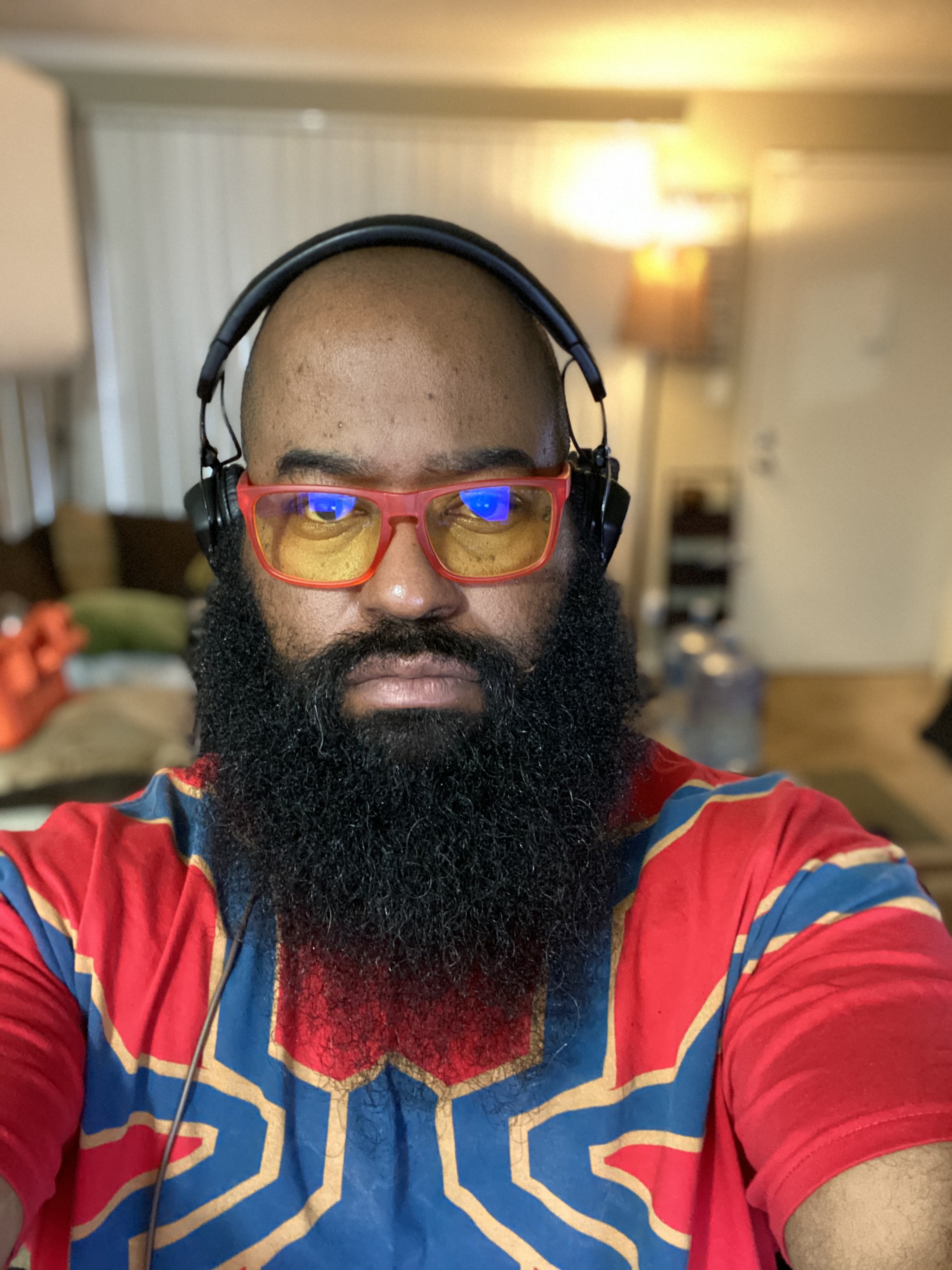
Tshaka Armstrong is a nerd. Co-Founder of the non-profit digital literacy organization, Digital Shepherds, he’s also been a broadcast technology reporter, writer and producer. In addition to being an award-winning broadcast storyteller, he’s also covered tech online and in print for everything from paintball gear technology, to parenting gadgets, and film industry tech for Rotten Tomatoes. In addition to writing for Android Central, he’s a video contributor for Android Central and posts everything else to his own YouTube channel and socials. He blathers on about his many curiosities on social media everywhere as @tshakaarmstrong.
You must confirm your public display name before commenting
Please logout and then login again, you will then be prompted to enter your display name.
